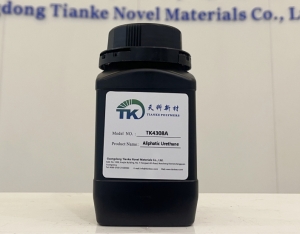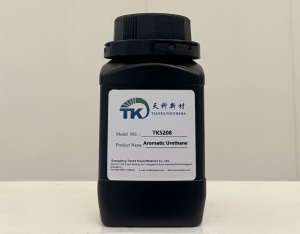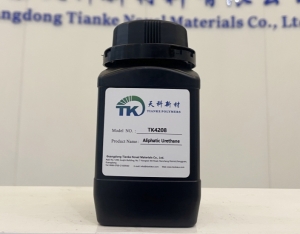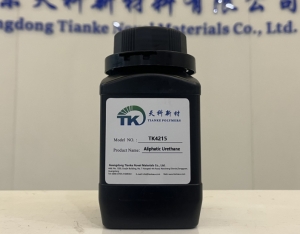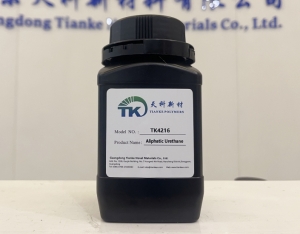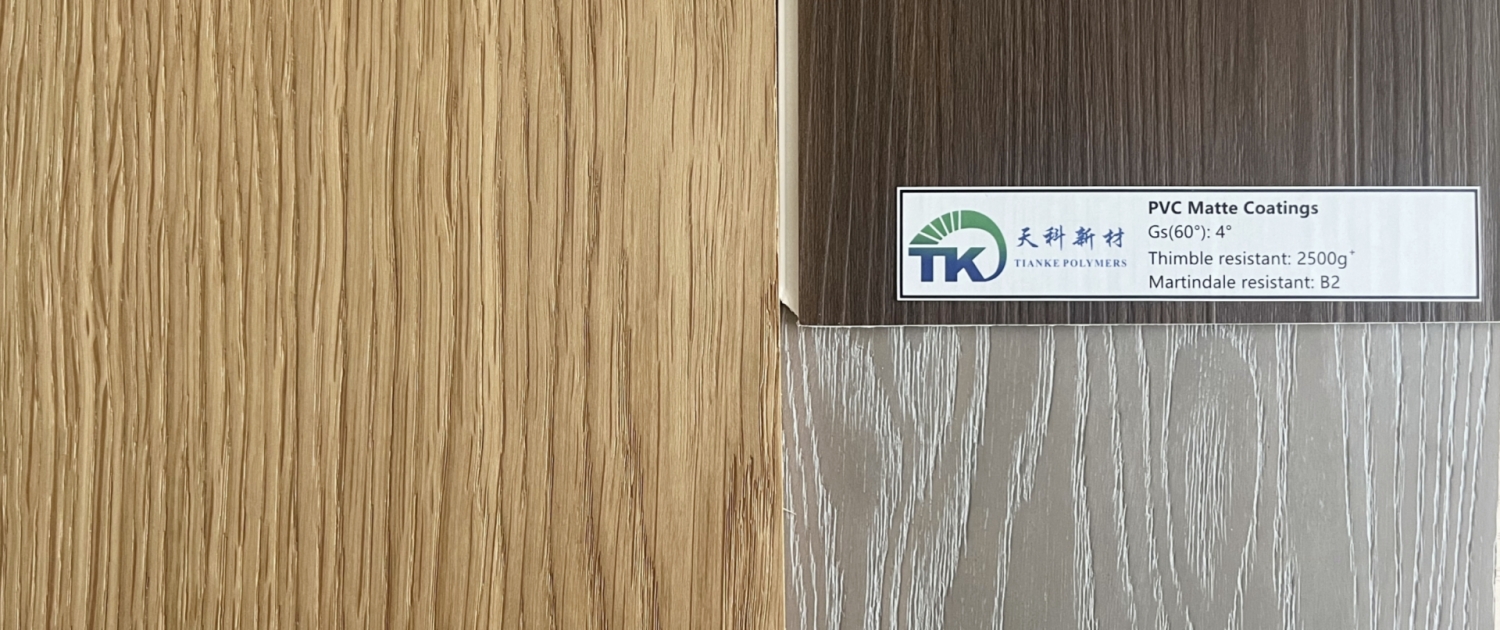Optimizing UV Coating Formulations
to Reduce Gloss and Enhance Matte Finishes
Tianke UV for Matt UV Coatings
“We are seeing huge demand for super matte for anti-glare, anti-fingerprint, and anti-reflective improved stain resistance for labels, flexible packaging, rigid packaging, commercial printing, furniture, flooring cabinets, appliances and home décor,” said Ryan Turner of GEW, Inc. at RadTech 2024.
In various industries, including packaging, furniture, flooring (especially PVC flooring), and electronics, matte finishes are increasingly favored. Matte surfaces not only offer a stylish, modern appearance but also practical functions, such as reducing glare and fingerprints. Consequently, optimizing UV coating formulations to reduce gloss and enhance matte finishes has become a focal point for many manufacturers.
The general principle to achieve lower gloss can be divided into physical and chemical matting.
Physical Matting: involves adding matting agents to create an uneven surface during the film formation, scattering light in many directions, reducing reflection and achieving low gloss.
Chemical Matting: involves modifying the molecular chain/structure to absorb light, achieving a low gloss effect.
To optimize UV coating formulations, reduce gloss, and enhance matte finishes, the following strategies can help achieve the best results:
1. Choosing the Right Low-Gloss UV oligomers
Selecting the appropriate low-gloss UV oligomers as the main component of the formulation is crucial. Based on the matting principle, there are self-matting and easy-matting UV oligomers available.
Self-Matting Resins:
TK4308A: Excellent self-matting performance, suitable for wood and PVC matte coating
TK4308C: Low Irritation with natural extinction effect and evenly gloss
Easy-Matting Resins:
TK5208: Di-functional Aromatic Polyurethane Acrylate, good compatibility with matte powder; hot selling for matt PVC coatings
TK4208: Di-functional Aliphatic Polyurethane Acrylate, good toughness, and gloss of itself is lower than that of TK5208. But the competitive price of aromatic PUA makes TK5208 more popular.
TK5204: Di-functional Aromatic Polyurethane Acrylate, Good flexibility and hardness
TK4216: Di-functional Aliphatic Polyurethane Acrylate, good yellowing resistance, good flexibility.
Besides gloss, actual application and terminal market have requirements on other performance of the paint film. For example, PVC floor topcoats require hardness, scratch resistance, Thimble resistance, alcohol resistance, and so on. PVC edge bands, on the other hand, require faster curing rates and flexibility. Therefore, in actual applications, Tianke Polymers will recommend different main resins for optimal matte effects while maintaining other performance indicators.
2. Selecting and Adding Matting Agents
Adding matting powders or other specialized matting agents in the formulation can effectively reduce the gloss level. However, the selection of matting powder types, additive amounts, and dispersion are strictly required. Common matting powders include silica, wax, and fillers.
A practical suggestion is to mix high oil-absorbing matting powder with low oil-absorbing matting powder in the formula. For example, if you want a gloss level of 3~5°, use 5%~7% high oil-absorbing matting powder combined with 8%~12% low oil-absorbing matting powder.
Additionally, deep curing would be considered when create the formula. Meanwhile, coating thickness, curing conditions, and other factors will affect the final matte effect of the product.
Conclusion
By selecting the right low-gloss UV oligomers and adopting optimized formulation strategies, manufacturers can effectively reduce coating gloss and enhance matte finishes to meet the market demand for matte surfaces. At Tianke Polymers, we are dedicated to providing high-performance UV resins that help achieve excellent matte coating effects. Contact us today to learn more about our products and how we can help you achieve superior results.
Use our high-performance UV resins to make your products stand out in the market.

